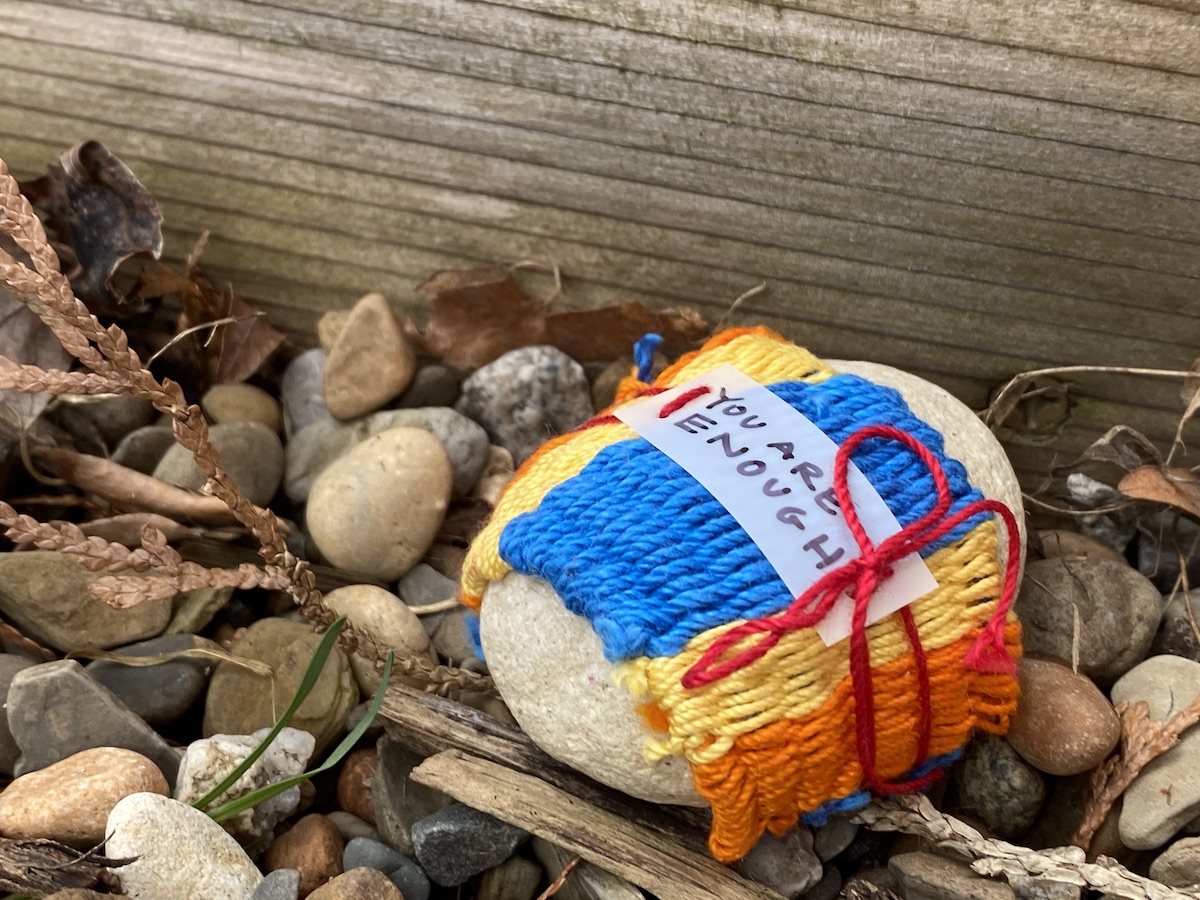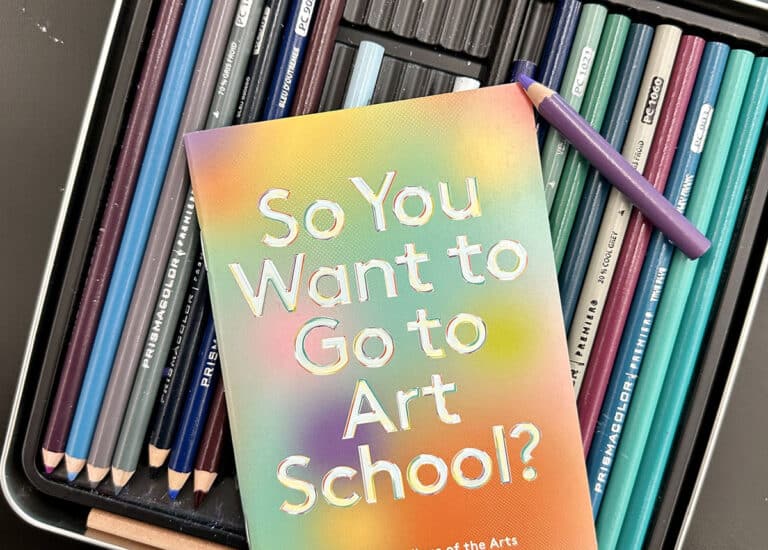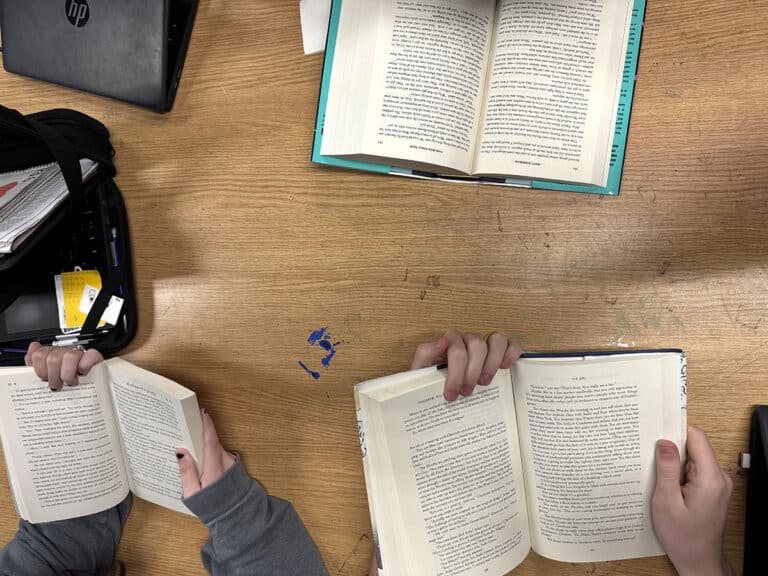Art Education and the Coronavirus (COVID-19)
“During this pandemic, people are finally recognizing the importance of the arts!”
From the moment of sheltering in place, comments like these have echoed throughout social media. As children chalk their walks and paint kindness rocks, art has played an important role in connecting and healing our collective trauma. While no one can diminish the importance of these communal and accessible activities, the reality is that the average person is not actually seeing the deep and lasting purpose of arts education. Instead, the promotion of these activities as “promoting the arts” further perpetuates the misunderstanding of authentic arts education. Art teachers will need to step it up even more now that we have transitioned into remote learning and post-pandemic return to school plans.
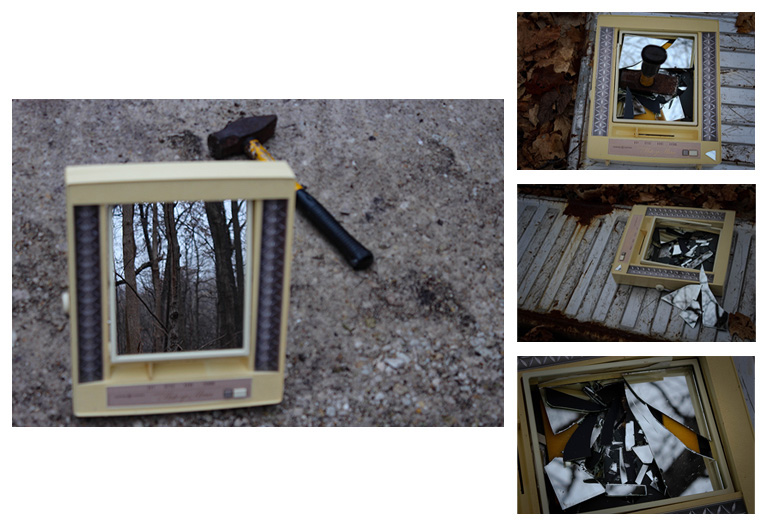
The Reality: Art teachers are used to this.
Art teachers struggle to balance the curriculum between the inherent social-emotional purpose of art with the rigor of expectations in an art class. As an elective, teachers fight each year for their enrollment teetering between providing an outlet for stressed students, fostering self-expression, and teaching expansive technical skills. Art teachers are used to advocating for their programs, reaching behind the curtain of beautiful end products to illustrate the work both we and our students do.
We are held to national and state standards that are comprehensive and rigorous. We also serve an essential purpose of providing a safe place for students to express their innermost vulnerabilities through their artwork. And still, we also have the unique privilege of supporting students through trial and error, allowing them to fail and try again, without the added pressure of fulfilling standardized test expectations.
As we go through these unprecedented times, do people need art more now than ever? Of course! We are going through collective trauma, and art can not only help us process our worries and fears but also bring us together in the sense of community to care for each other. Does this mean people have more appreciation for the arts? I’m not so sure. Here are some common questions and answers to have in our advocacy toolboxes for the weeks, months, and years to come.
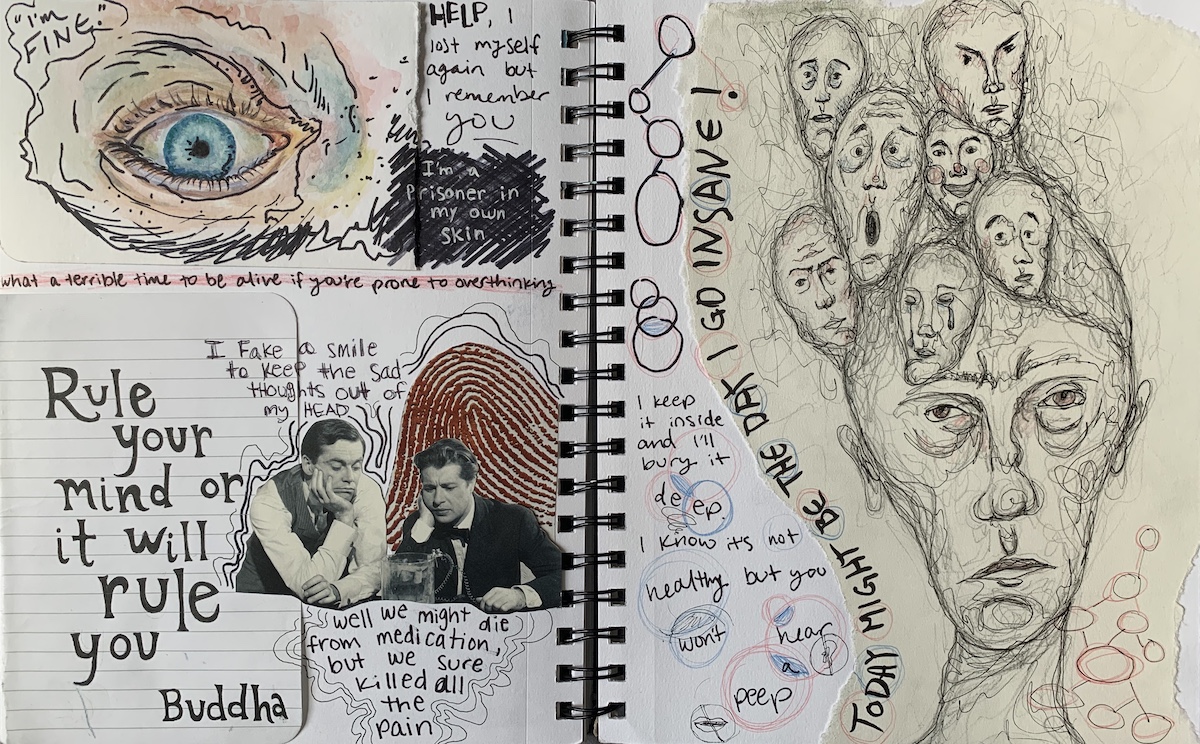
The Question: What does art education really look like?
Kindness rocks and chalked sidewalks have made a comeback, spreading cheer throughout communities. No one can deny the importance of these types of art forms; my own kids, as well as my students, have been participating fully in these fun art activities. The social-emotional connections that occur when creating for these purposes are irreplaceable. While these activities are enriching, they don’t necessarily constitute artistic appreciation or a full understanding of the relevance of art in our society.
Art education is not just about providing artistic outreach but also teaching an expansive understanding of art literacy, technical application, and connections to intentional decisions in order to create deep and meaningful artwork. Sure, people have looked to art to maintain sanity and provide healing during this stressful time, just as they did historically, and will no doubt continue to appreciate this benefit in the future. However, these activities should not be a replacement for a rich and fully developed art curriculum.
The Answer: Art education and social-emotional learning go hand in hand.
At a time when a connection to both inner self and community is of utmost importance, how do we ensure rigor through this relevance in art education? One way is to use something like kindness rocks as a jumping-off point to something larger. As we move into the unknown of the fall, which could include traditional classroom teaching, fully remote teaching, and everything in between, we now have the opportunity to structure our classroom expectations from day one instead of being in triage mode.
Become an expert advocate. Learn more about our master’s degree.
Integrating opportunities for low-stakes SEL can be a great way to not only address the elephant in the room but also get to know our students. Using these activities as a week-one intro will open up opportunities for rich discussions about collaborative community participation, as well as establish your virtual community. These projects don’t have to end at spreading the cheer. While scaffolding technical and conceptual skills, students can continue to explore ways to connect their community through making art. When we expose students to deeper and richer artwork that connects with humanity, students will see how impactful their personal artwork can be to make a change in the world.
The Question: What is the difference between “enrichment” and “expectation?”
During the shutdown, many art and music programs became “enrichment.” This meant there were no expectations for students to complete or even engage in this work. A moment of honesty: in my own household, with both my husband and I working from home, and also trying to hold our own young kids accountable daily for their schoolwork expectations, these enrichment activities fell to the wayside.
We focused on the “must-dos” and, I’m ashamed to say, art and music, regardless of how deeply steeped this is in our home, just weren’t on the list to keep up with. Sure, we did make our own music and art, but certainly not to the standards of what would have normally occurred in the classroom, nor even to the standards their teachers provided remotely. When we can barely focus on our survival, how can we help reinforce the importance of an authentic arts curriculum without adding more to the plate?
The Answer: Connect art with creative thinking disciplines.
Consider working with a core subject teacher to integrate art into that discipline, or vice versa. Demonstrating the importance of arts education by working directly with multiple disciplines in a full capacity reminds people of the depth at which the arts play a significant role in our society. We aren’t talking about teaching a student to use a cool font on their tri-fold state report. Instead, consider a curriculum that can wrap around instruction to create deep understanding and exploration of our lives as a whole.
For example, working with a science teacher to investigate nature, and then creating an artwork that expands on this understanding creates a rich, comprehensive educational experience. Creating artwork inspired by an original poem a student developed in their English class explicitly demonstrates how intertwined our learning is, not isolated by subject matter. Considering ways in which both subjects strengthen learning in tandem, as opposed to enrichment, is where the arts need to start pushing.
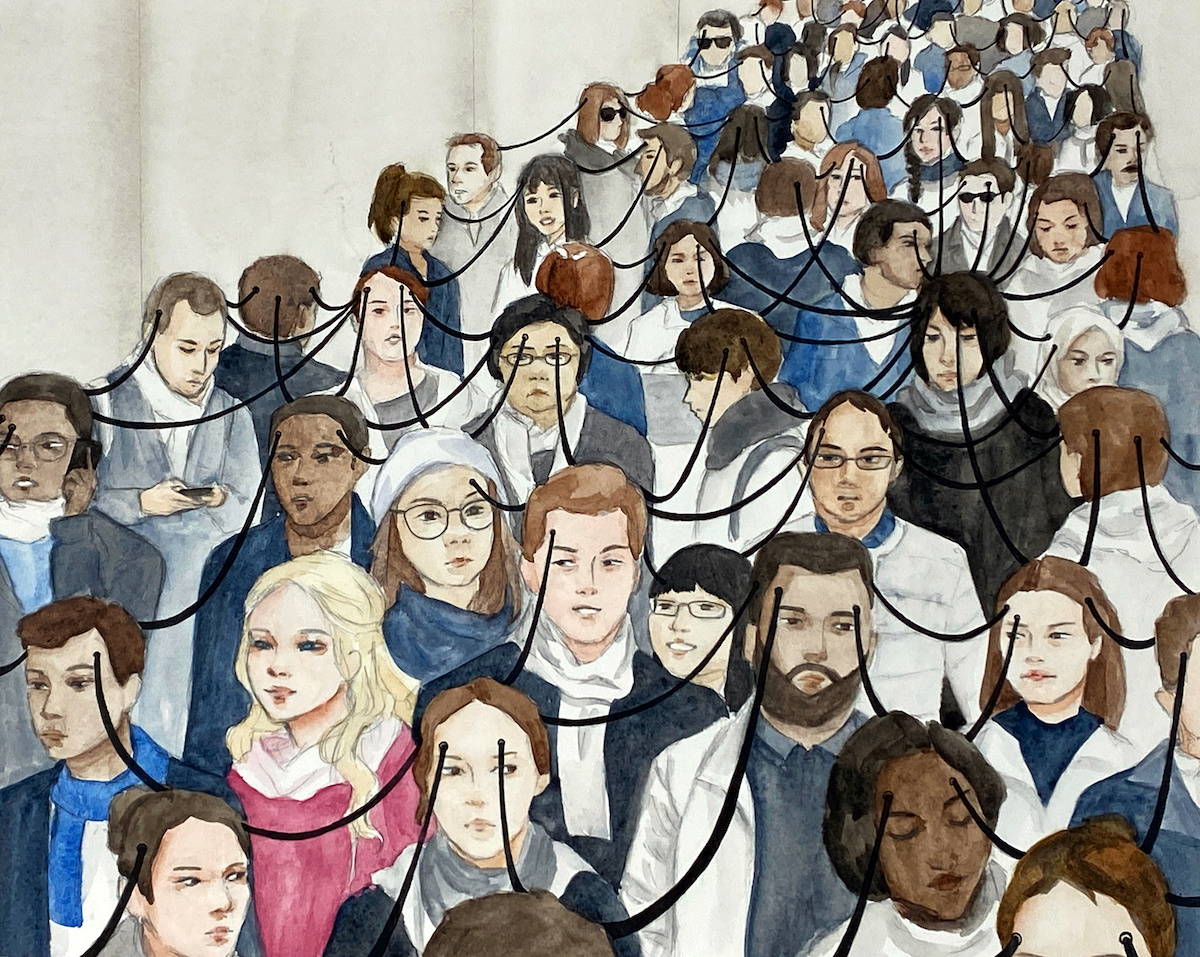
The Question: How do we stop Art from being cut from curriculums?
Word has been circulating that art teachers are losing their jobs as districts anticipate the needs of remote learning or shifts in school schedules next year. When it comes to the bottom line, we know that our society still does not value arts education as it should. As budgets tighten, schedules shift to accommodate further social distancing needs as well as possible individual material distribution. Schools just don’t have the funding. When the arts begin to suffer such broad strokes, it is of utmost importance to advocate for the full extent that we serve.
The Answer: Speak up and advocate!
The time to be complacent is over. It is time to rethink how our society values creative thinking, and it is definitely time to discuss the best educational practices. At this vulnerable time, it will be so easy for corporations and politicians to push the arts aside as a crafting hobby and emphasize the necessity for STEM. We need to not only speak about our arts position, but also push the importance of creative thinking practices, integrating subjects through a holistic educational approach, and developing discipline and resilience through the arts. In these unprecedented times, outside-the-box thinking is more critical than ever.
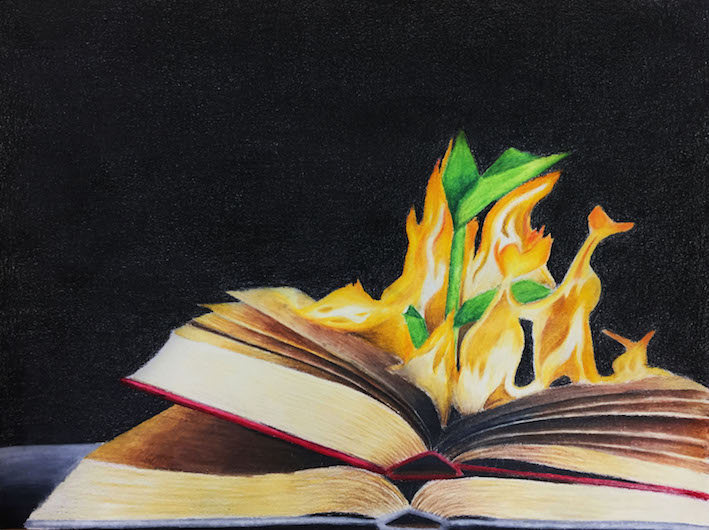
The Big Question: So, how do we advocate during these unprecedented times?
One Answer: Show the world what we create, from the beginning.
Demonstrate students’ creative processes including, planning, researching, risk-taking, failure, persistence, and development. Showing the final product only allows those to say, “Isn’t that pretty; those students are so talented,” without taking time to understand, ponder, and see the hours of development and thought it has taken students to get to that final product.
One Answer: Connect the importance of social-emotional at all levels.
Ensure that when you teach SEL-related activities, you are connecting students to a larger understanding of themselves in relationship to humanity.
One Answer: Counter enrichment through collaboration.
Reach out to your colleagues to develop the need for art integration. Work to create rigor for both subject areas collaboratively to develop indispensable learning communities.
As we consider how to advocate for the arts during times of remote education, how we present art education is going to be even more important than ever before. We must continue to demonstrate to the world the importance of the arts and what it teaches in all capacities. Yes, arts are essential for aesthetics, entertainment, and comfort. But, let’s not let the world forget the importance of community and personal connection, the journey that includes the entire processes we go through to create, and the very essential life skills we develop as creative problem-solvers.
Do you agree or disagree that people are more supportive of the arts during the pandemic crisis?
How are you currently advocating for the arts during our pandemic and remote learning days?
How do our current circumstances impact the ways you advocate for your art program?
Magazine articles and podcasts are opinions of professional education contributors and do not necessarily represent the position of the Art of Education University (AOEU) or its academic offerings. Contributors use terms in the way they are most often talked about in the scope of their educational experiences.


